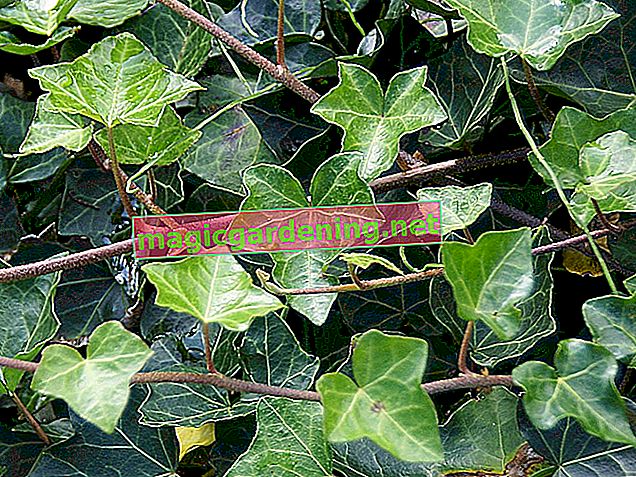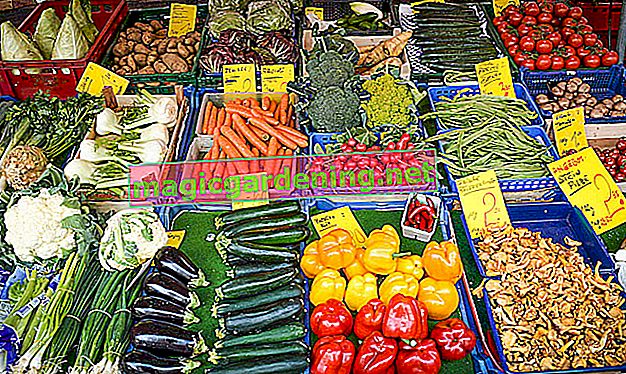
Only the age form of the ivy bears berries
Many years pass before an ivy blooms for the first time. It only reaches its age form when it is older than ten years or more. This can be recognized, among other things, by the leaves, which are no longer lobed several times, but only grow in three lobes or heart-shaped.
also read
- After ten years, ivy develops its age form
- Grow ivy yourself - this is how you propagate ivy yourself
- When is the best time to multiply ivy?
This is what the fruits of ivy look like
- Fruits ripe in spring
- 5 - 9 mm in diameter
- dark purple, black or white depending on the variety
The fruits develop from the hemispherical umbels of the flower. They reach a size of five to nine millimeters. Each berry contains one to five seeds.
Ripe fruits are usually dark purple, occasionally greenish black. There are also ivy species that bear white or yellow berries.
The fruits ripen in winter
Ivy blooms in autumn and is therefore a valuable natural plant, because at this time there are only a few flowers left for bees and other insects to collect nectar.
The berries stay on the bush through winter and are fully ripe in spring.
Ivy berries are highly toxic
The fruits of the ivy are highly toxic. They contain triterpene saponins, which can be fatal if only three fruits are consumed.
Therefore, ivy poses a high risk of poisoning, especially for children.
Since the fruits are very bitter, they do not necessarily invite consumption, so that poisoning by adults almost never occurs. It is different with children who eat the berries out of curiosity, or pets who nibble on cut bushes and accidentally ingest fruit.
Tips
Removing ivy from the garden is not easy. It not only spreads over the climbing tendrils, but in the age form also over seeds from the fruits. So cut back ivy after flowering to prevent berries from growing.








